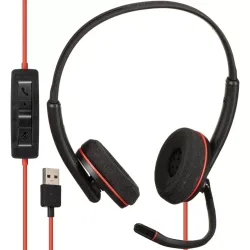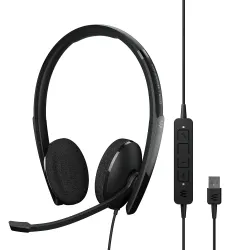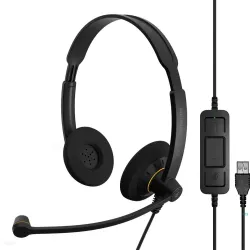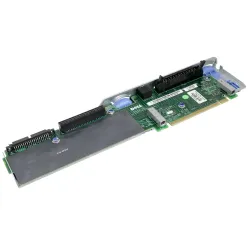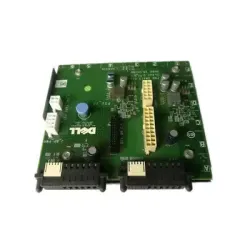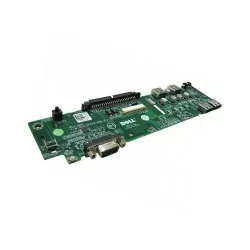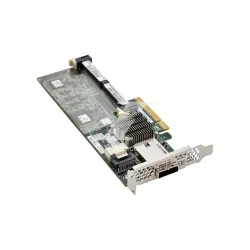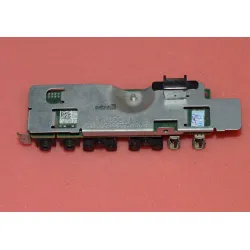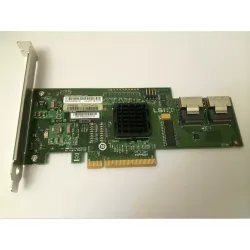The Benefits of a Controller Card
controller card Improved Performance of a computer
A hard drive controller card can improve the performance of a computer's storage system by providing faster data transfer rates, larger cache memory, and support for RAID (redundant array of independent disks) configurations that enhance data reliability and speed.
A graphics card controller can improve the performance of a computer's graphics processing unit (GPU) by offloading the graphics processing tasks from the CPU to the GPU, resulting in faster and smoother video playback, better gaming performance, and improved visual quality. A network card controller can improve the performance of a computer's networking capabilities by providing faster network speeds, better compatibility with different network protocols, and improved reliability and security.
Controller Card Increased the Storage Capacity of a Computer
A controller card can increase the storage capacity of a computer by providing additional ports for connecting storage devices beyond the limit of the built-in controller on the motherboard. The built-in controller on the motherboard typically supports a limited number of storage devices, and this limit can vary depending on the motherboard model.
For example, a typical motherboard may support up to four or six SATA ports for connecting storage devices such as hard drives or solid-state drives. However, if you need to add more storage devices to your computer, you may run out of ports on the motherboard. A controller card can solve this problem by providing additional SATA ports or other interfaces for connecting more storage devices to your computer. For example, a SATA controller card can provide additional SATA ports for connecting more hard drives or solid-state drives.
RAID Configuration of the Controller Card
A controller card can support RAID (redundant array of independent disks) configurations for increased data redundancy, improved performance, or both. RAID is a storage technology that combines multiple physical hard drives or solid-state drives into a logical unit to improve performance, increase storage capacity, or provide data redundancy and protection against data loss in case of a drive failure. A RAID controller card can support one or more of these RAID levels, depending on the specific card and configuration. In addition, many RAID controller cards include advanced features such as hot-swappable drive bays, automatic drive rebuilding, and hardware-based data encryption, which can further improve performance and data protection.
The flexibility of the Controller Card
A controller card can provide additional ports or interfaces for connecting a wide range of peripherals, such as storage devices, network adapters, or video cards. This allows you to expand your system's capabilities and connect more devices to your computer.
A controller card can be easily swapped out or upgraded, allowing you to adapt to changing technology or performance needs without having to replace your entire system. For example, if you need more storage capacity or faster data transfer speeds, you can upgrade to a new controller card that supports your desired configuration. Controller cards are designed to work with a wide range of hardware and software, making them a versatile solution for a variety of computer systems. This allows you to choose the controller card that best fits your specific needs and hardware configuration.
Connect the controller to your device using a USB cable. Turn on the device and the controller. Press the wireless button on the controller to initiate pairing mode. Open the device's Bluetooth settings and search for available devices. Select the HP controller from the list of available devices. Follow any on-screen prompts to complete the pairing process.
Turn on your Dell computer and wait for it to boot up. Press the F2 key during the boot process to enter the BIOS setup utility. Use the arrow keys to navigate to the "Integrated Devices" or "Storage" section of the BIOS setup menu. Locate the disk controller option, which may be called "SATA Operation," "SATA Configuration," or something similar. Change the disk controller option from "Disabled" or "Compatibility" to "AHCI" or "RAID," depending on your system's configuration.
Yes, you can use a Cisco Access Point (AP) without a controller. In fact, Cisco offers two types of APs - those that require a controller and those that do not. Cisco APs that require a controller are typically used in larger enterprise networks where centralized management and configuration are required. The controller manages the configuration and firmware updates for multiple APs.

